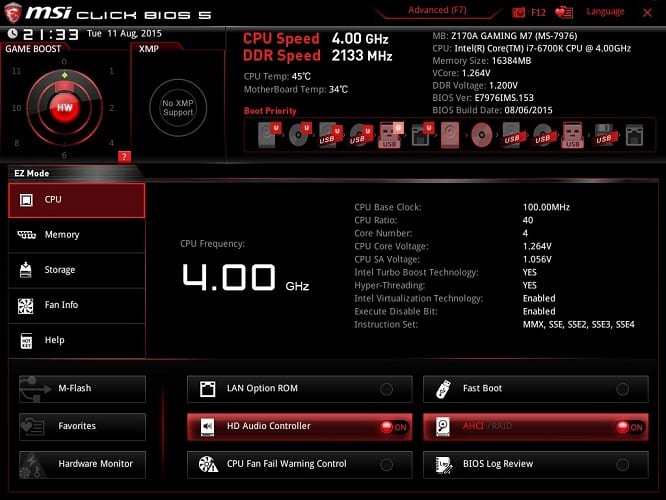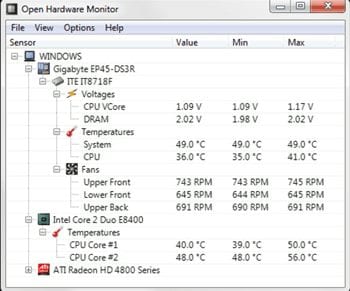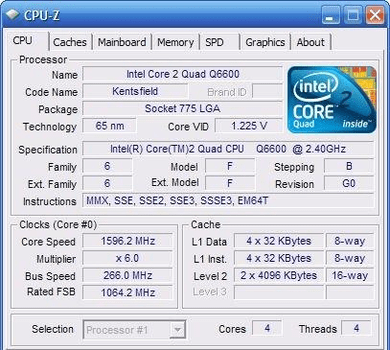

However, if its temperature were to jump to 85 degrees, and its achieved clock speed under load were to drop far below the factory base clock of 1605 MHz, then there would be a problem.

In fact, it happily boosts to 1890 MHz in Horizon Zero Dawn, and in the synthetic Furmark test, it runs at a perfect, on-point 1605 MHz, all at about 72 degrees, so this is a healthy GPU. Therefore, if your GPU temperature is at or very close to 85 degrees, you will want to double-check whether its clock speeds match the design specifications.įor example, according to Nvidia’s website, the RTX 2070 Super is set to run at a base clock of 1605 MHz with a boost clock of 1770 MHz, and this GPU has no problem meeting those figures in any of the aforementioned tests. This is because just as a GPU can overclock when it hasn’t reached the thermal threshold yet, it can also underclock itself as protection from overheating when it needs to. Of course, if the temperature you spot is below 80 degrees Celsius, you generally have no reason to worry - all is good - but if it is at exactly 85 degrees, it could be fine, but it could also be a sign of a problem. The reason for this is simple: If there is thermal headroom, the GPU will try to run at a higher frequency in order to boost performance and/or reduce fan speeds to quiet things down if the power limit has been reached.īut, this can make it a bit difficult to tell whether your GPU’s temperature is within norms. The vast majority of today’s graphics cards have a target temperature of about 82 to 85 degrees Celsius, meaning they will either overclock until they reach that temperature or have reached their maximum overclock. Therefore, it is also a riskier test to run, and it does warn you about this before starting a test, but as long as you keep an eye on the temperatures and ensure they don’t exceed 90 degrees Celsius, there is nothing to fear.

While running the benchmark, Furmark also tells you the GPU’s clock speeds, temperatures, and more.ĭo keep in mind that Furmark is harder on the GPU than your average game, so it will bring out the worst and result in lower clocks than games generally achieve. Let this run for about 10 to 15 minutes until the temperature has stabilized and you have a good idea of where you’re at. You should see a screen like pictured above.
#Cpu temperature monitor nvidia install
The test is easy to run - just install Furmark, open it, and run the test at standard settings. Instead, the real test for whether a GPU’s cooling solution is adequate is to run Furmark, a brutal synthetic torture test built to bring out the worst of your GPU. Or, if your processor isn’t up to snuff, some games may not even tax your GPU at 100%, which may give a false sense of security. The real test is syntheticĪll that being said, the aforementioned tools and tests generally don’t cut it entirely, as different games may lead to different temperatures. It will look like the above window, and you can spot the GPU temperature on the fourth line from the bottom.ĪMD’s GPUs also have an in-game overlay for monitoring hardware, and there are also alternative third-party monitoring tools such as HWiNFO, MSI Afterburner, and Evga’s Precision X1. Use Alt + Z to open the overlay in-game, click the Cog icon on the right, and set up the advanced performance monitor in the corner of your choosing. To get to Nvidia’s overlay, make sure you have GeForce Experience installed and are logged in. However, there is another tool that you may prefer that’s built into the Nvidia GPU drivers, and AMD’s GPUs have a similar utility. The moment you Alt + Tab out of a game, the GPU temperature drops immediately, so you won’t be able to view a live reading like this unless you have a second monitor, making it difficult to see what your GPU’s temperature is like under load. Use this to check your GPU temperature under a heavy gaming load, ensuring it is operating at or very close to 100% utilization.īut this isn’t the best tool, as it’s difficult to monitor in-game.

At the bottom of the list, you’ll find your GPU listed with its temperature between brackets.
#Cpu temperature monitor nvidia windows 10
By far, the easiest tool to check your GPU’s temperature in Windows 10 can be found by firing up Windows Task Manager and jumping to the Performance tab.


 0 kommentar(er)
0 kommentar(er)
